Are you guilty of these top 10 DIY mistakes that could be costing you a fortune to fix?
But before you get your toolbox out, find out how to successfully avoid the most common DIY mistakes

A spot of DIY around the house always seems like a great way to save money and give your home a spruce. That is until it goes wrong. What started as a good idea can quickly descend into a calamity of DIY and decorating mistakes that can cost £1000's to fix.
Tradespeople comparison site HaMuch.com estimates that on average DIY mistakes can cost as much as £3.208 to fix! Shockingly it isn't the the ambitious DIY projects that we're making a pig's ear off but the DIY jobs considered to be the easiest. Wallpapering, putting up shelves, unblocking a drain and even painting are just a few of the everyday easy DIY projects jobs we're failing at.
However, if you can't resist adding a few DIY jobs to your to do list, before you lift a paintbrush, or touch a hammer we've pulled together a list of the top 10 most common DIY mistakes. From how to paint skirting boards to using primer, we talk you through how best to avoid making a big mistake.
10 DIY mistakes to avoid
1. Putting up shelves
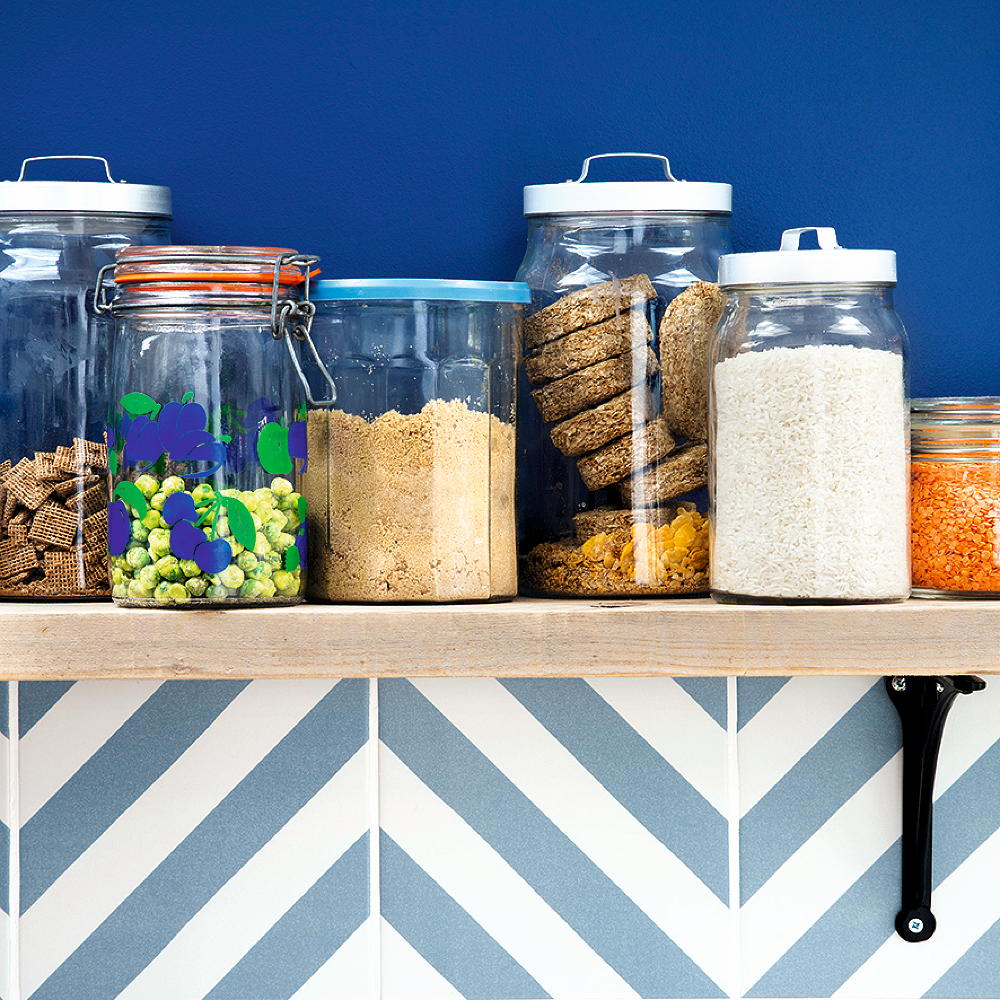
Putting up a shelf should be a five-minute job, but saving time by not using a spirit level could cause all manner of problems later when ornaments fall over or books slide off.
Get it right the first time round by picking up a spirit level for around £10. Use the spirit level to establish a level edge (when the bubble sits exactly in the middle of the window), then use a pencil to draw a guideline to work by.
2. Using primers to conceal watermarks
Watermarks can be a pain to cover up. Painting over the stain with a water-based emulsion won't help; the stain will keep showing through, however many coats you use. Apply an oil-based primer paint or spray over the stain to seal it, and then you can cover it with any paint and colour you choose.
3. Boxing in pipes and wires
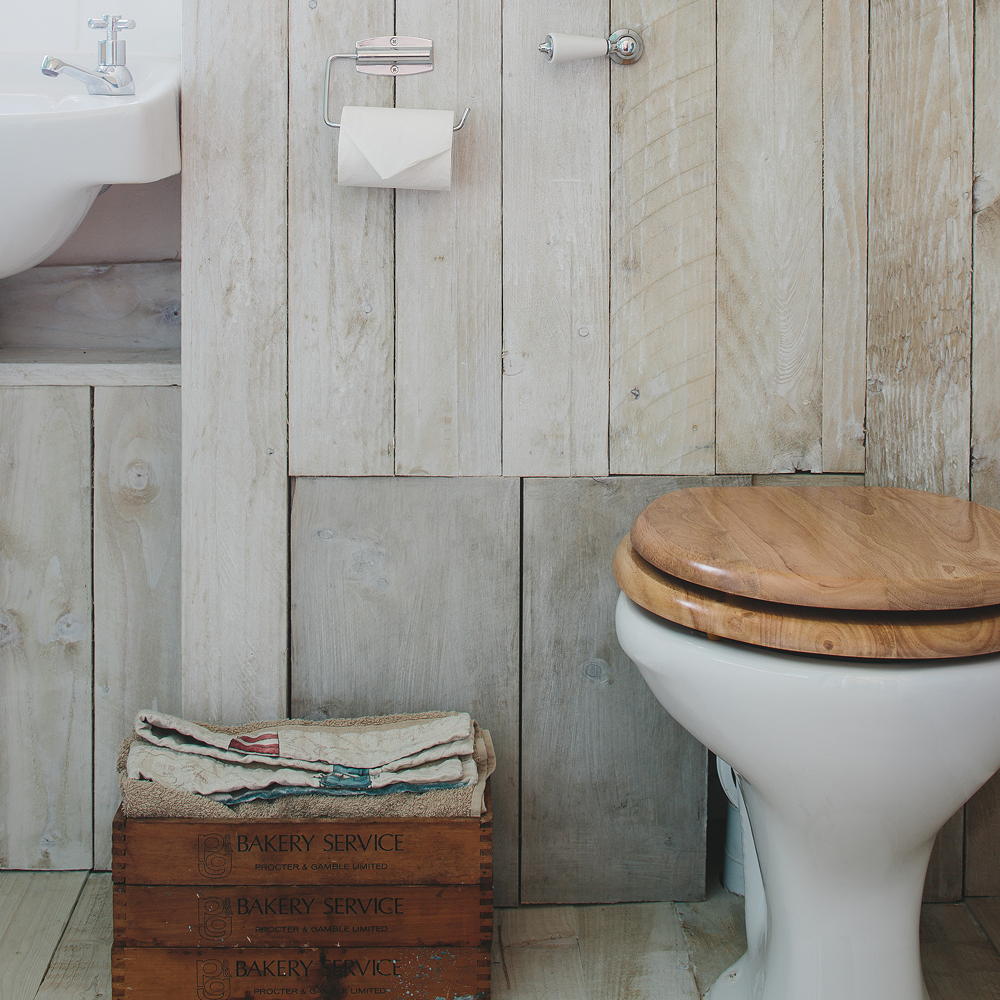
While bespoke wall panelling ideas around a bath and toilet will give a bathroom a clean finish, inevitably, there will be the odd leak, and you will need access to the pipes to fix them. To avoid having to tear your new panelling apart, plan one removable panel or concealed door for this purpose. This will give you a place to hide the spare toilet rolls and soap as well.
Get the Ideal Home Newsletter
Sign up to our newsletter for style and decor inspiration, house makeovers, project advice and more.
4. Seeking quick fix solutions
After wet weather, wooden doors become swollen and stick in the frame. Planing the wood is an instant fix. However while it is off it's hinges be sure to paint over the exposed edges with an oil-based primer as well. If the wood is not sealed like this, it will continue to absorb moisture and swell up - leaving you to do the job all over again.
5. Scrimping on essentials
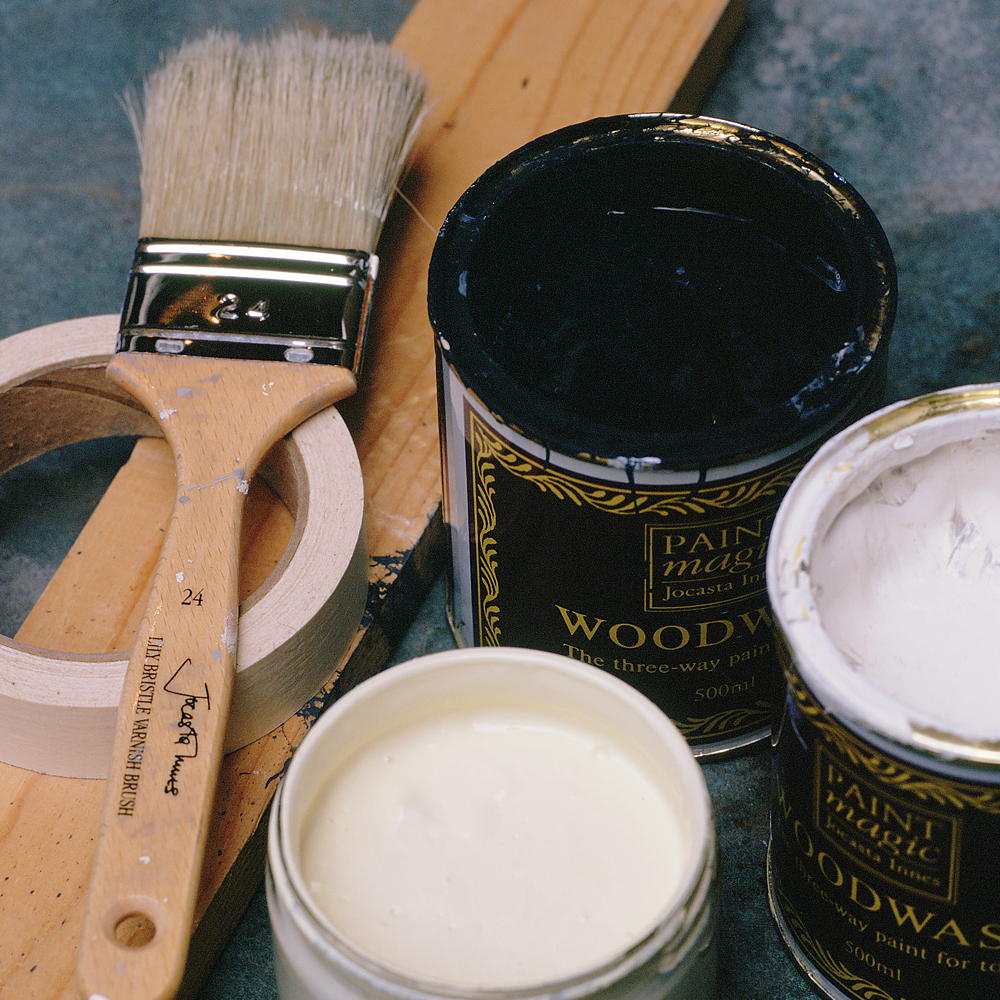
There's no point in buying expensive paintbrushes for one job, but steer clear of budget brushes. These have fewer bristles, which make an untidy finish, and they moult more than a mid-range brush, so you will be constantly picking bristles out of the paintwork. Synthetic brushes are fine for the DIYer, and they keep their shape, while natural bristles tend to splay out after use.
6. Damage to unprotected surfaces
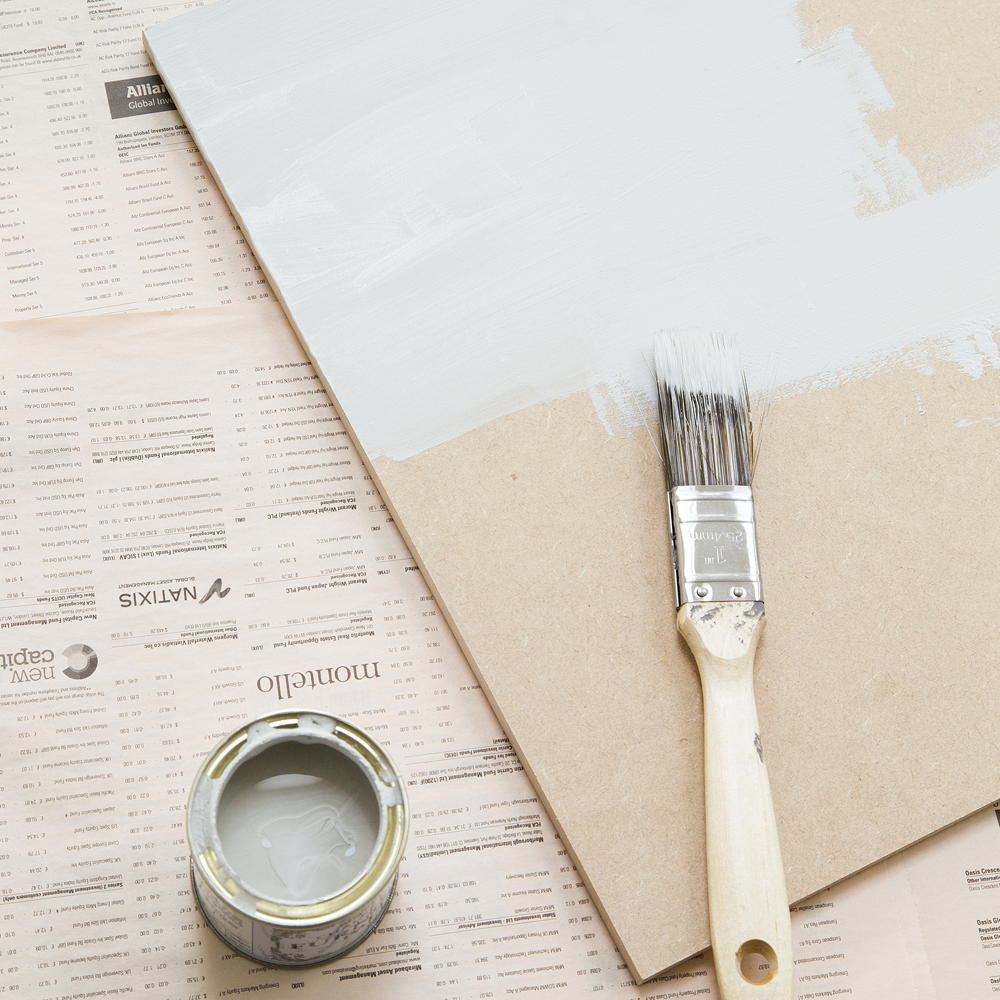
Painting a skirting board can be a painstaking job as you try to keep the paint away from the carpet. The obvious solution is to pull back the carpet edge; this is not always practical, but spending five minutes fixing masking tape along the edge of the carpet will do the trick. If you are staining a wood skirting board, remember to protect the joining wall with tape too.
'Paint has a mind and body of its own and will jump off the brush regardless of how careful you are,' explains HaMuch.com. 'Take the time to prepare your area and protect anything that doesn't need to be painted otherwise, a cost-effective quick lick of paint can turn into a much longer task.'
7. Using insufficient supports
When putting up shelves and pictures on a partition wall, you must locate the weight-bearing studwork behind the plaster for support, or screws and nails will come out under the slightest weight. These wooden posts, which are the backbone of the wall, may not always be where you want your nail to go, but in this case, you can always use cavity fixings, which anchor screws and nails into the plaster. These are available from most DIY stores and websites.
8. Under-estimating materials
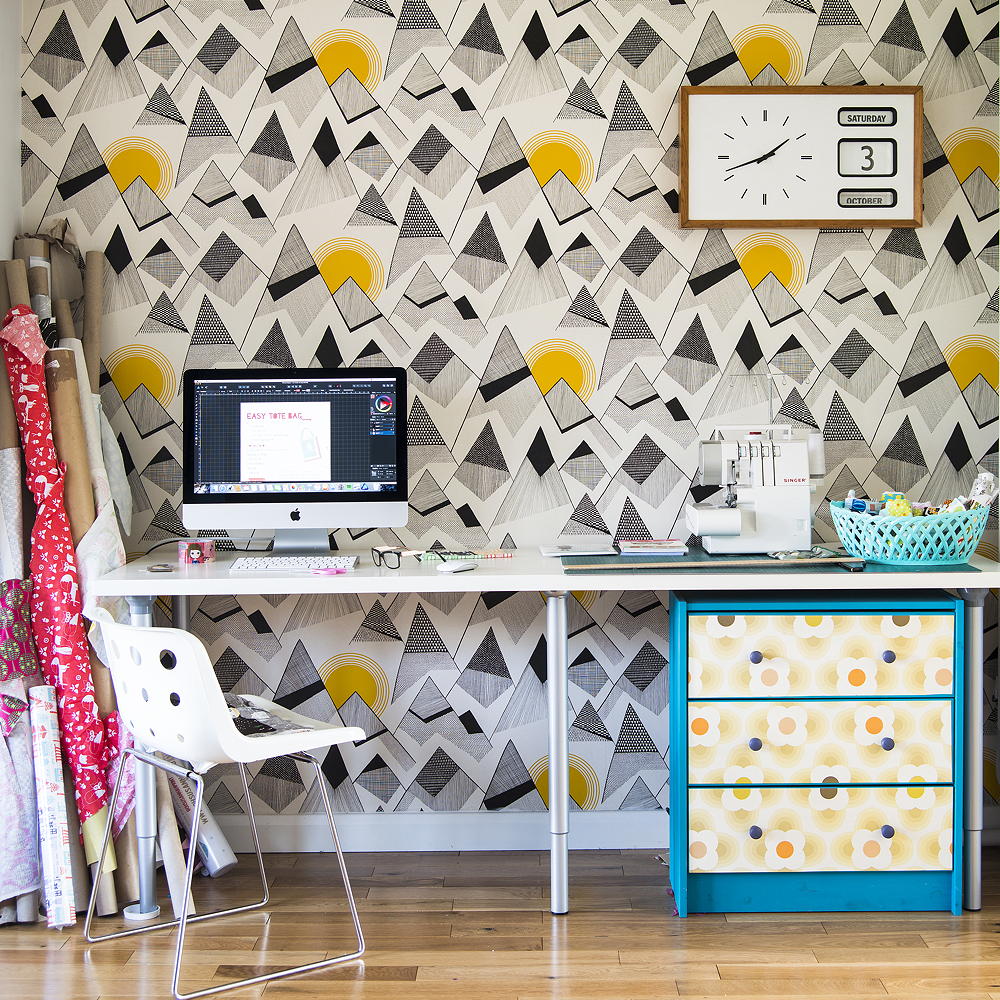
If you are wallpapering with a patterned design, you will need to take this into account when buying. If the repeat is much more than 55cm, you will need extra rolls, as there will be more waste when cutting the
paper to join up the pattern. Make sure the rolls have matching batch- and shade-numbers, and remember that off-the-shelf wallpaper can usually be returned if unopened, but most mail-order companies do not accept returns.
Get it right with our How to hang wallpaper video – an expert guide to hanging wallpaper with ease
9. Not allowing for drying time
Always clean walls and skirting boards before you start painting, vacuuming rather than sweeping, as any dust floating around will stick to wet paint and ruin your hard work. Keep dust sheets down until you are sure all the paint has dried, especially gloss, but be careful with sheets on wooden floors, as they will slide around and can be dangerous.
10. Getting measurements wrong
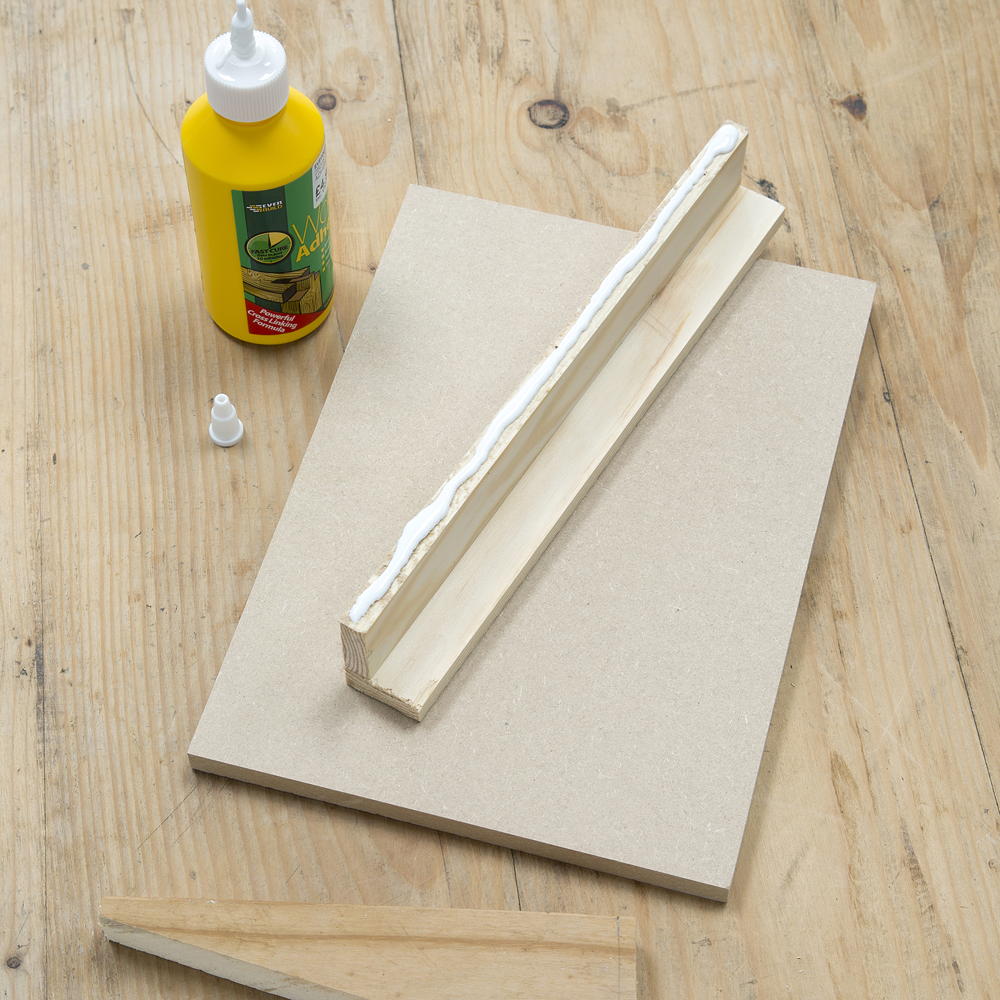
Whether it's wood, wallpaper or carpet, check and double-check every measurement before making a cut - you can always take more off, but if you cut too short you have wasted your time, your material and,
most importantly, your money. Remember to measure twice, cut once!
'A refreshed motivation to sort the house out will see many of us attempt a DIY job that will inevitably go wrong and while the temptation to save money will ironically drive this, it can often be more cost-effective to get a professional in,' advises Tarquin Purdie, Found and CEO of HaMuch.com
Are you now prepared to take on any DIY task or will you be calling in an expert?

Rebecca Knight has been the Deputy Editor on the Ideal Home Website since 2022. She graduated with a Masters degree in magazine journalism from City, University of London in 2018, before starting her journalism career as a staff writer on women's weekly magazines. She fell into the world of homes and interiors after joining the Ideal Home website team in 2019 as a Digital Writer. In 2020 she moved into position of Homes News Editor working across Homes & Gardens, LivingEtc, Real Homes, Gardeningetc and Ideal Home covering everything from the latest viral cleaning hack to the next big interior trend.
-
 Will a conservatory add value to your home and how can you maximise it?
Will a conservatory add value to your home and how can you maximise it?This is what the pros say
By Amy Reeves
-
 I’ve been looking for a new signature scent for my home and The White Company's new fragrance is the exact summer holiday smell I needed
I’ve been looking for a new signature scent for my home and The White Company's new fragrance is the exact summer holiday smell I neededSantorini smells fresh, summery and sophisticated
By Kezia Reynolds
-
 How to remove algae from garden walls in five steps – and the cleaning product experts rave about for tackling it fast
How to remove algae from garden walls in five steps – and the cleaning product experts rave about for tackling it fastExperts share their top tips for getting garden walls algae-free
By Katie Sims